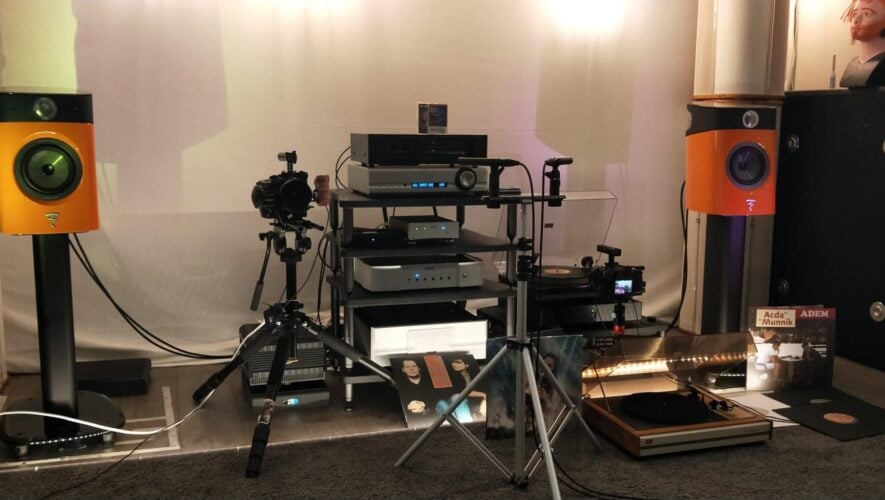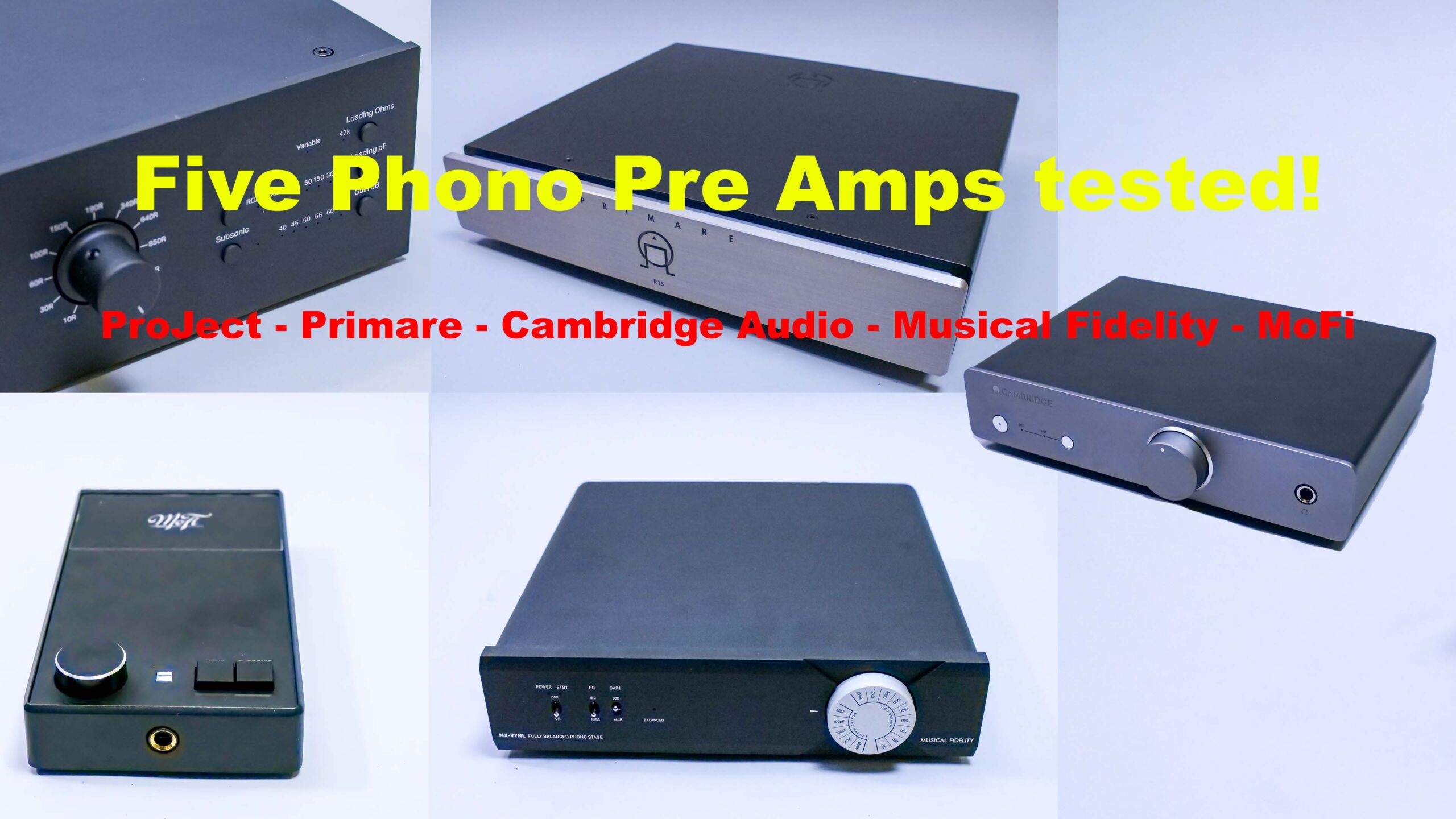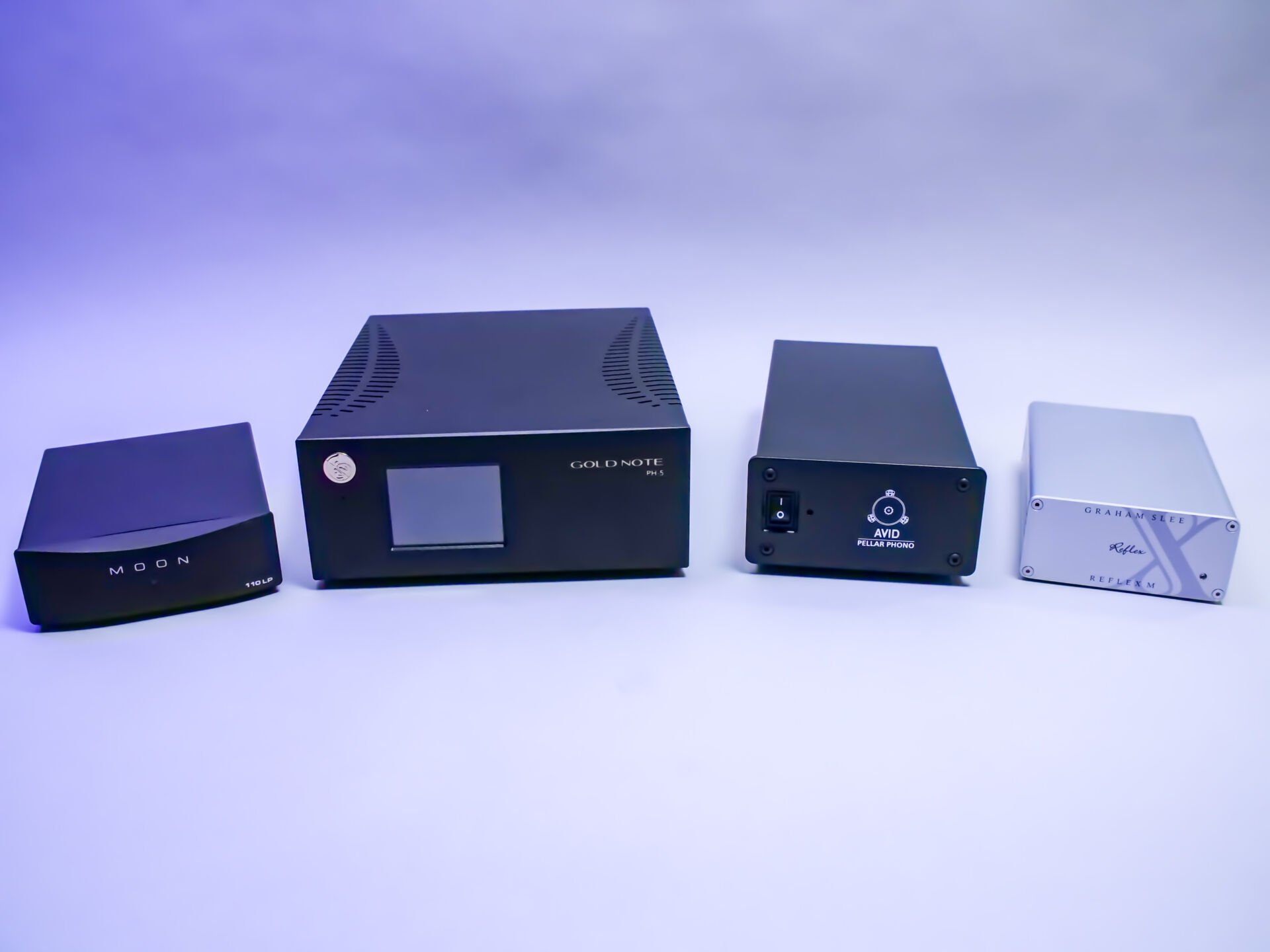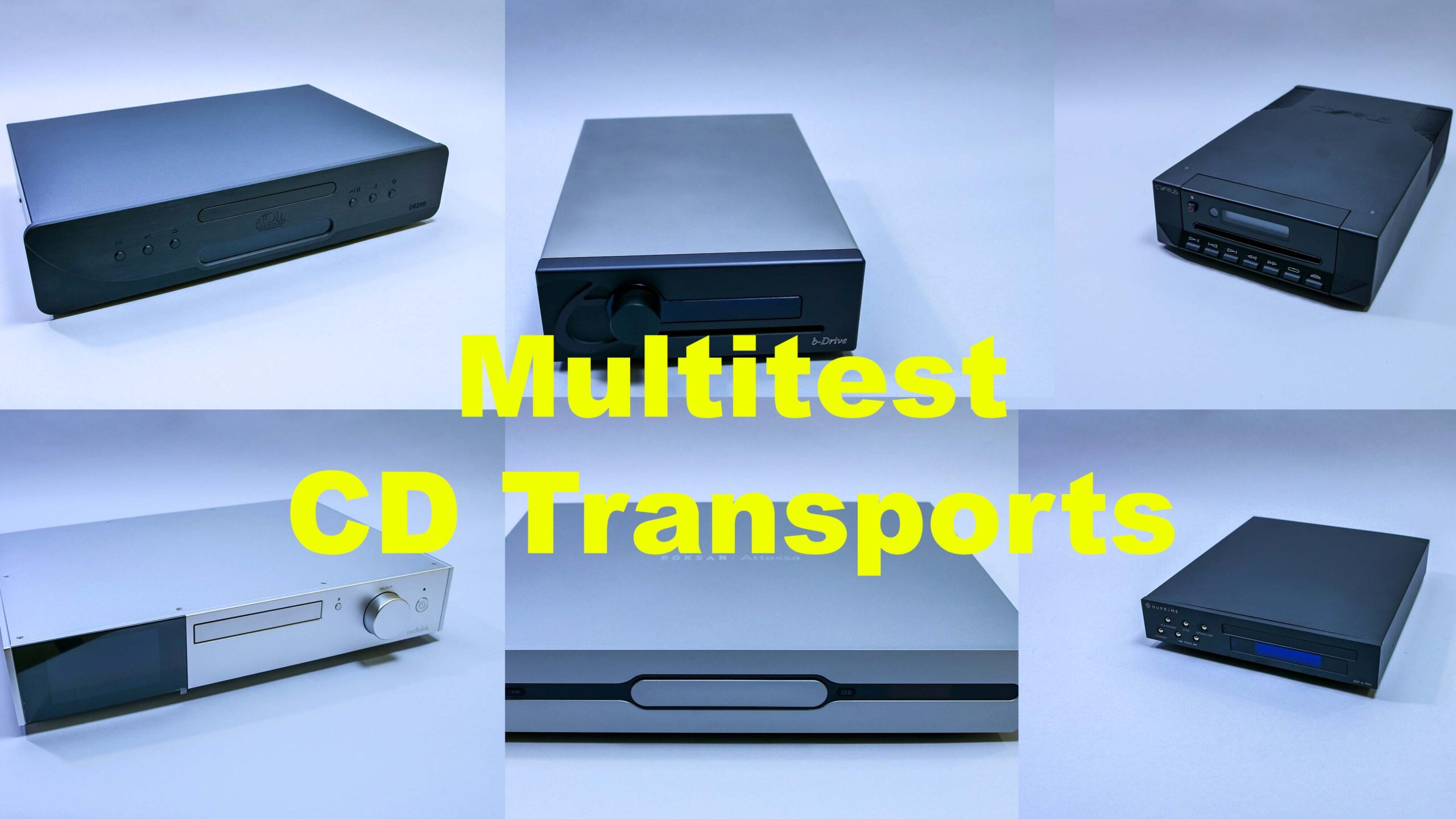

Play!
Contents
Robert Palmer
We listen to Robert Palmer first. This British singer, who died far too early, recorded Johnny And Mary in 1980. A characteristic 80’s sound, with electronic drums, synthesizers and soundscapes. Palmer’s voice is pretty deep on this track, and if goes well, we can hear this in full glory. There’s also a low synth around it. The cymbals of the drums are not often used, but if they are, they have to be played back with some smoothness. And resound for a long time and be placed above the soundstage. It’s hard to do it all correctly.
Tidal: wow… that’s kind of loud… The volume is very high and we have to turn down the volume control quite a bit to get to the desired listening level. It sounds a bit ‘distant’, flat and we are less involved in the music.
Qobuz: a smoother, more musical reproduction, larger 3D presentation. Definately more pleasant than Tidal. Easier on the ear.
Spotify: this sounds really bad. Especially the cymbals of the drums hurt our ears. Our ‘body-language’ is very clear, the viewers notice it… It all sounds very compressed and unpleasant.
WAV master file: compared to Qobuz slightly more dynamics and soundstage but those differences are not big.
Vinyl: even with the puck off, this just sounds very nice. It’s right, it makes us happy. Coherence is perhaps the best word to describe what we hear. Detail, air, 3D presentation. We want to listen the whole track.
Cassette! What an energy! Of course we hear some limitations of the tape (hiss, the frequency spectrum isn’t as large as streaming or vinyl.) but also it’s mainly music we hear; it’s ‘real’. Surprising!
Acda & De Munnik
This Dutch singing and theatre duo recorded Als Het Vuur Gedoofd Is in 1997, on their eponymous debut album. The recording is typically acoustic, with guitars, two-part singing, piano, bass and drums. It’s digitally recorded at a fairly high volume; it sounds intimate, as if we’re close to the band members.
Tidal: again a very high basic volume. We estimate 3 dB higher than the reference level at which we are listening
Qubuz: Qobus sounds really more musical; where Tidal – also in this track – sounds a bit flatter, the Qubuz version of the master offers much more soundstage, a more logical balance between the instruments.
WAV-master: we hear little difference with Qubuz.
Vinyl: the energy in the recording comes out beautifully on vinyl. We hear the effect of the vinyl master. The technique of digital recording had some improvements in 1997. The intimate live feeling of the recording is especially beautiful when the drums, piano and bass
Cassette: also fine, this recording. Analog wins with this track.
Spotify: Doesn’t sound bad at all. We hear the compression but it’s much less disturbing than the Robert Palmer track.
A number of readers suggest to offer the vinyl master also digitally, so that the dynamics of vinyl returns to some extent in the digital domain. We think this is a good idea.
Evanescence: Bring Me To Life
This rock band from the USA recorded the album Synthesis live with a full symphony orchestra in 2017. A track in which a lot happens, especially when the orchestra and the band are fully committed. When singer Amy Lee performs, it’s a challenge for the audio system. To our taste, the recording could have been mixed and mastered with a bit more headroom (read: softer). Then the details would have come more to the surface. They are in there. But to show it, is a real chalenge for an audio system.
Tidal: the track is – again – to loud. It seems as if the loudness is switched on; the music slips when it becomes complex. This is the logical consequence of a high volume so you lose headroom. It is even clipping we notice.
Qobuz: volume is at the right level here. That way the music (and the equipment) can breath. Complex passages don’t collapse now. Soundstage is wide.
WAV master: similar to Qobuz. Streamed through the Alpha-NAS it sounds a little deeper and more detailed but it is not a huge difference.
Spotify: we can’t finish this one. It’s just horrible. Very unpleasent.
Vinyl: also a lot of energy and even with the hustle and bustle of this track this is well reproduced. We hear something that looks like compression but it doesn’t disturb. In any case, it comes over naturally.
Cassette: we hear here a special form of compression or whatever it is called. This is a track with a lot of information. The cassette tape has limits and moreover, it is a tape that was purchased at least 35 years ago. With high dynamics we hear that the deck brings it back. Unlike Spotify, however, this is natural and not disturbing. The energy in the recording is retained.
Jacques Loussier Trio, Little Fugue in G
A ‘loyal’ track in our livestreams. Very dynamically recorded arrangement of the fugue for organ by a jazz trio
Tidal: Way to loud! We hear a ‘ringing’ at the piano that we have never heard in the many times we play this track. The piano almost clipped, the floor-drum stroke is far too dominant. Weird.
Qobuz: the recording as we know it. Dynamic and tight.
WAV (downloaded from Qobuz): sounds almost the same as the stream via Qubuz.
Tape: We made a recording on the Nakamichi but it didn’t work out well, so we won’t discuss it here.
The Live Stream
Conclusion
There are differences between streaming services. For the three tracks tested, we heard really big differences. Also between the premium services Tidal and Qobuz. Tidal seems to turn on the loudness continuously, the sound level is 3-4 dB too high each time. It depends very much on the recording what is now 'the best choice'.Analog recordings sound pleasant; they are just pleasant for the human ear and brain. Digital is natural, pure, mathematical. But for fun or pret/PRAT, you really need to be with analog (opinion of your editor). And an analog recording on vinyl without the intervention of a digital remaster is unparalleled. As one viewer wrote; we 'turned on' when we heard Johnny Guitar Watson on side A of the tape at the end of the broadcast. Well: that's striking, isn't it? Our next conclusion is that for really good playlists you need to buy a tape deck again. Because Spotify sounds in all cases less good than the good old cassette. The compression of Spotify is much less tolerable than the limitations of the compact cassette (thank you, Philips). What's more, with a good cassette deck it's just great fun!
Analog playback does something with music playback that is pleasant for our brain and ears. The imperfections are pleasantly incorporated into the limitations of the medium (vinyl and tape). So we're not going to claim that digital is better than analog or vice versa; it's different. And, as this test has shown, it's good and fun to compare it with each other. And that is what we are going to do. There are other streaming services, such as Apple Music, Deezer, Amazon. Save these for another test, because this tasted like more!











